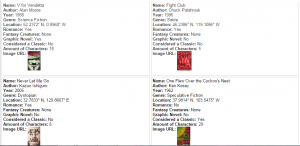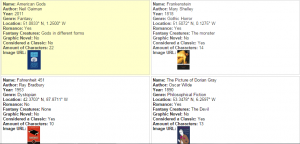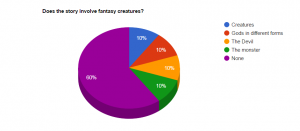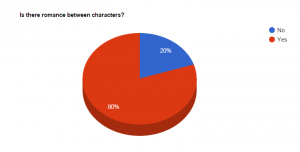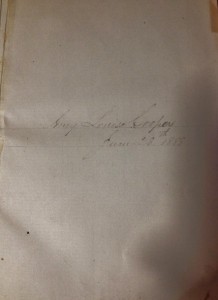While the Sherlock Holmes stories are fictional, they occur in actual places. Langham Hotel, located on Langham Place, is significant in the story “A Scandal in Bohemia.” The first map is a modern one of Langham Hotel, the second is a satellite image, and the third is from the London Town Plan of 1893-6. I placed markers over the areas I’ll be focusing on.
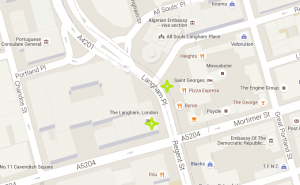
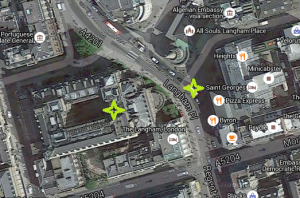
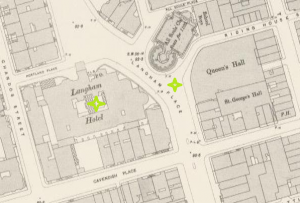 In the story, the King of Bohemia visits Holmes and Watson asking for their detective assistance. The King is staying at the Langham Hotel under the name Count Von Kramm (Doyle). According to Charles Booth’s Poverty Maps, Langham Place (specifically the hotel) is predominantly upper middle class, and upper classes (Charles Booth).
In the story, the King of Bohemia visits Holmes and Watson asking for their detective assistance. The King is staying at the Langham Hotel under the name Count Von Kramm (Doyle). According to Charles Booth’s Poverty Maps, Langham Place (specifically the hotel) is predominantly upper middle class, and upper classes (Charles Booth).
 It’s no surprise that Conan Doyle decided to have the King stay here, given it’s decadence. The sheer extravagance of the hotel can be seen in this picture from Google Maps–
It’s no surprise that Conan Doyle decided to have the King stay here, given it’s decadence. The sheer extravagance of the hotel can be seen in this picture from Google Maps– 
According to British History Online, the price to build the hotel was £300,000. It has been hosting guests since 1865, and the opening ceremony was performed by the Prince of Wales. It is still considered to be one of the largest buildings in the city, and one of the best preserved traditional hotels in London (British History Online).
By looking at Old Bailey trials concerning the Langham Hotel, it’s usually not the scene of a crime, but instead used as a landmark to identify where someone was when the crime happened. In Frances John Harris’ trial, the clock opposite the Hotel is used as a landmark (“Frances John Harris, Royal Offences”). Or, the staff at the Hotel are asked for statements. In the case of Stephen Cullen, a woman interviewed was the kitchen maid at the Langham Hotel (“Stephen Cullen, Killing”).
Overall, the Langham Hotel is an important part of both the Sherlock Holmes stories and life in London.
Works Cited:
